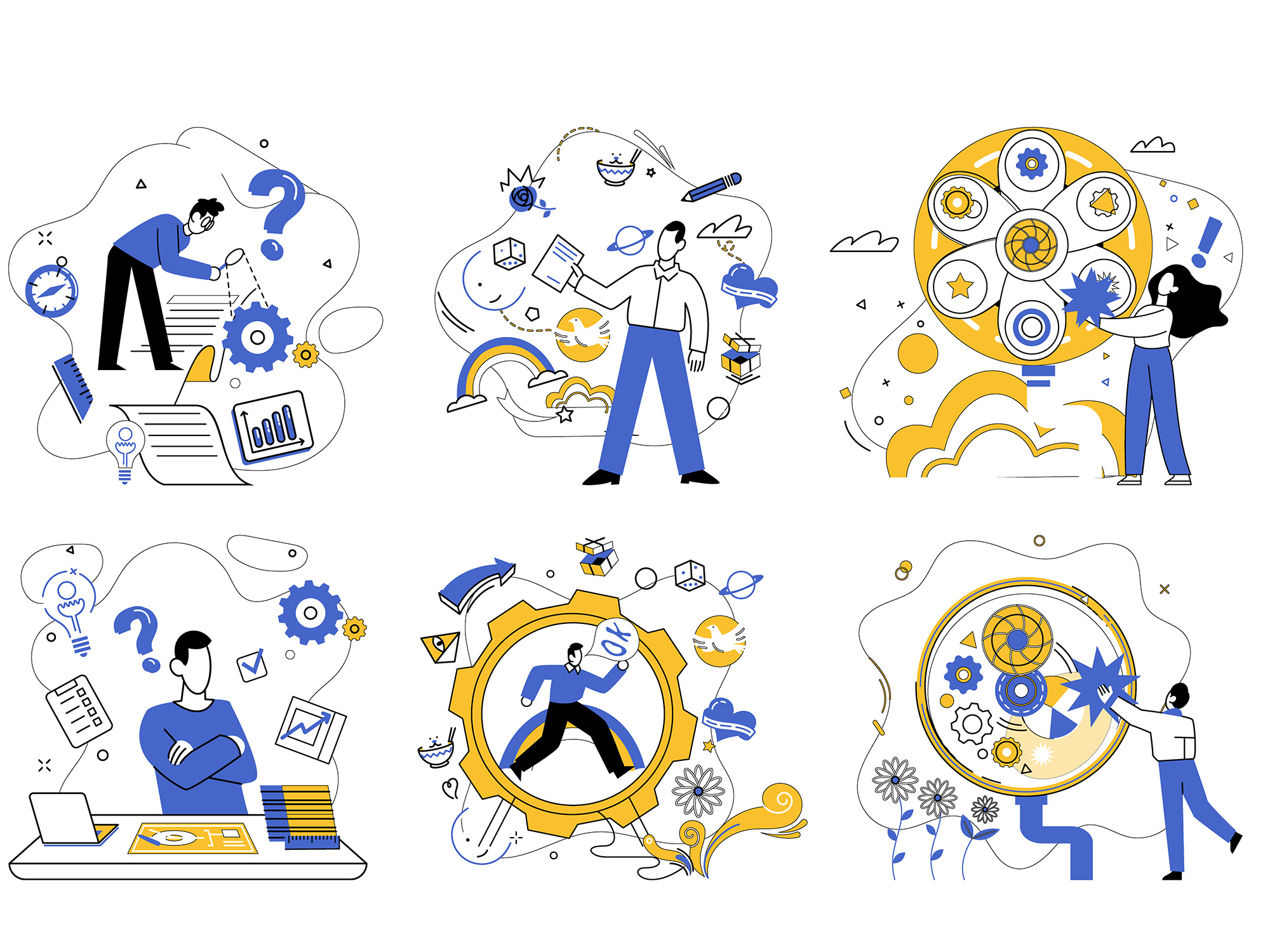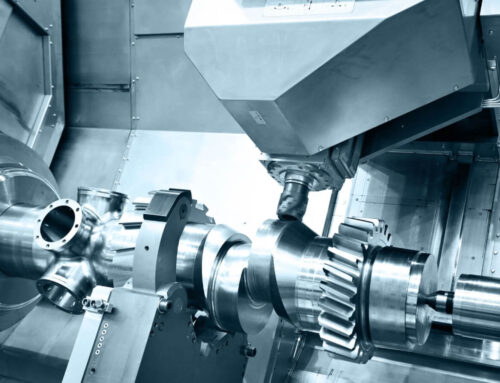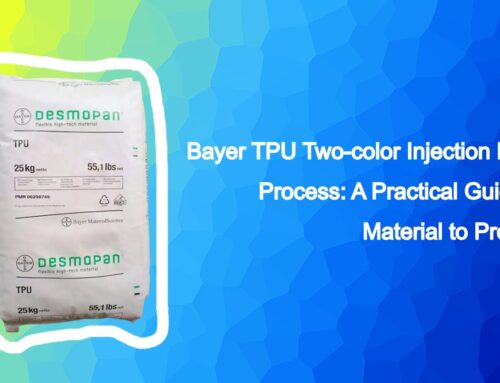In today’s fast-paced market, turning innovative ideas into tangible products is a crucial step toward business growth. Whether you’re launching your first product or expanding your portfolio, the development process is a journey of creativity, strategy, and execution. In this guide, we’ll walk you through the key stages of product development and show you why getting it right can be the difference between thriving and falling behind. Let’s dive into the essential steps that can transform your vision into a successful product.
- Why Developing a New Product is Crucial for Your Business
- Step 1: Identifying Market Needs
- Step 2: Conceptualizing the Product
- Step 3: Designing the Product
- Step 4: Prototype Development
- Step 5: Testing and Refinement
- Step 6: Manufacturing and Scaling
- Step 7: Marketing and Launch
- Step 8: Post-Launch Evaluation
- Conclusion
Why Developing a New Product is Crucial for Your Business
In an ever-evolving market, staying stagnant is not an option. Developing new products is vital for businesses to remain competitive, relevant, and profitable. Here’s why:
- Market Demand and Customer Needs
Consumer preferences are constantly changing. By introducing new products, you can better meet the evolving needs and desires of your target audience, creating a strong connection and ensuring customer loyalty. - Business Growth and Expansion
New products provide opportunities for growth by opening doors to untapped markets or enhancing your presence in existing ones. Each new product is a chance to diversify your revenue streams and reduce dependency on a single offering. - Brand Innovation and Leadership
Being a market leader often means staying ahead of trends. A continuous flow of new products signals innovation and positions your brand as an industry leader, attracting attention and building a reputation for creativity and excellence. - Competitive Edge
In a crowded marketplace, differentiation is key. Developing new products allows you to stand out, outpace competitors, and become a preferred choice for customers who seek fresh, innovative solutions. - Long-term Sustainability
The lifecycle of any product eventually peaks and declines. Regularly developing new products ensures your business can replace outdated offerings with fresh, in-demand solutions, securing long-term sustainability and adaptability in a fast-moving world.

Now that we’ve explored why developing new products is crucial for your business, it’s time to focus on the “how.” The path from concept to market-ready product involves a series of critical steps, each building upon the last. Whether you’re refining an existing idea or starting from scratch, following a structured process will ensure your product not only meets market demands but also stands out as a valuable solution. Let’s dive into the specific steps that will guide you through successful product development.
Step 1: Identifying Market Needs
Whom is your product for?
Have you clearly defined your target audience, and do you understand their needs, preferences, and behaviors?
Let’s say you’re creating a new line of ergonomic office chairs. Your target audience might be remote workers or professionals who spend long hours at a desk. Knowing this, you could focus on designing a chair that not only provides comfort but also supports good posture, includes adjustable features, and uses breathable materials to keep users cool.
To identify your target audience, the first step for you is to conduct market research. This allows you to confirm if there’s a demand for your product and provides insight into customer behaviors, desires, and pain points.
What problems are people facing that your product can solve?
What trends are emerging in the industry?
Are there underserved customer groups that your product can target?
By utilizing surveys, market trends, and online tools, you can discover real-world data that guides your design process. This research can help you make more informed decisions, reducing the risk of developing a product that doesn’t meet customer needs.
Possible Solutions:
Use tools like Google Trends and industry reports to spot emerging problems.
Engage with potential customers through surveys or focus groups to understand their needs; Study competitor products and read reviews to identify gaps.
Identify underserved segments by analyzing market demand and competition.
Calculate price sensitivity by researching competitors and surveying customers about budget expectations.
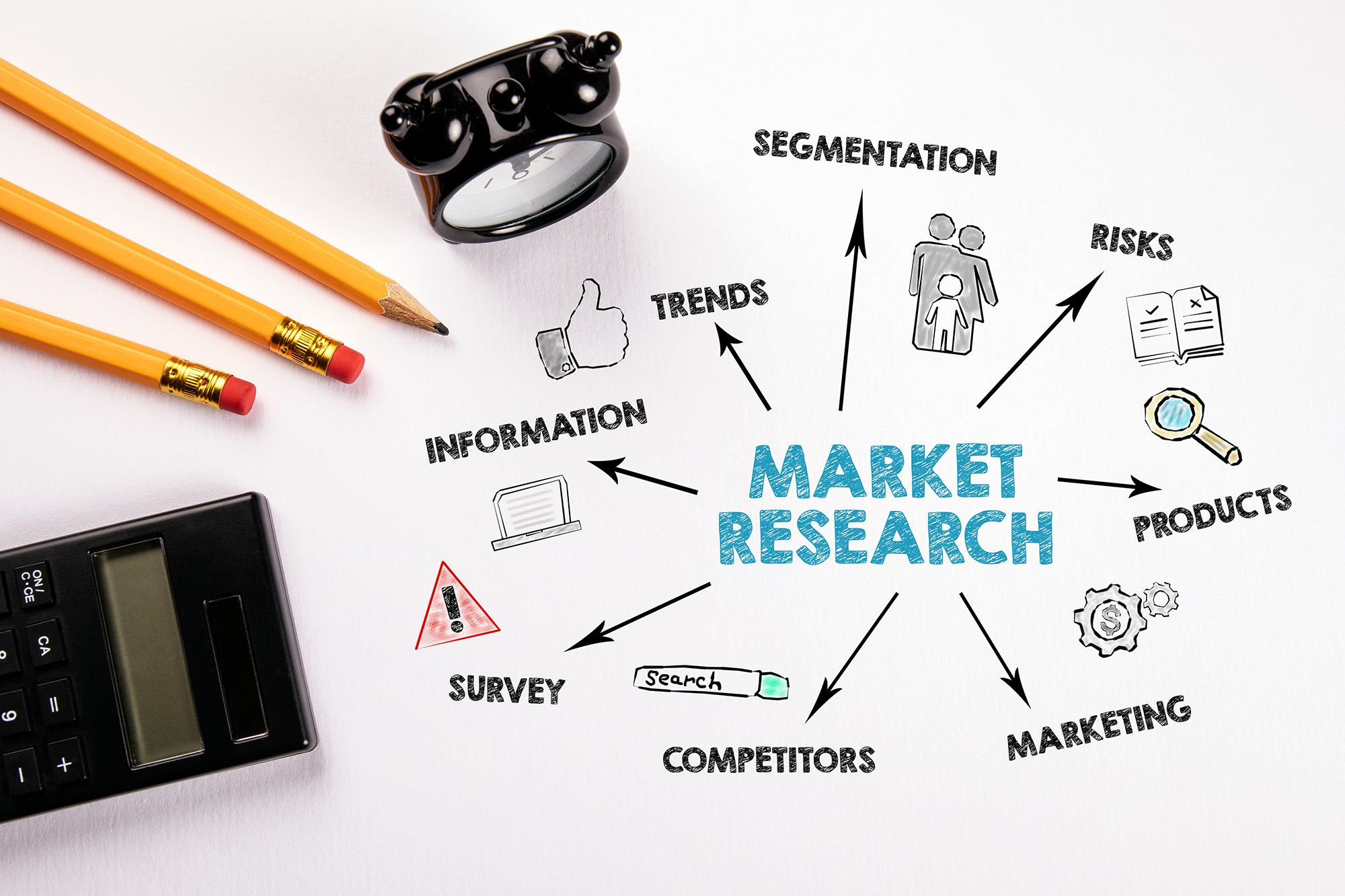
Understanding Customer Pain Points
What are customers frustrated with in the current target market?
How can your product improve user experience?
Identifying customer pain points is essential because they highlight the real issues your customers are facing. By addressing these pain points directly, your product is more likely to succeed. Pay close attention to customer feedback and observe how they interact with existing products. This will help you pinpoint where their frustrations lie and show you how your product can offer a better solution.
Possible Solutions:
Customer Surveys: Use platforms like SurveyMonkey or Google Forms to gather direct feedback from customers about what’s frustrating them with existing products. Ask specific questions about what they would like to see improved.
Social Media Monitoring: Analyze discussions on platforms like Twitter, Facebook, and Reddit to see what customers are saying about similar products. Tools like Hootsuite or Brandwatch can help track relevant conversations and keywords.
Customer Reviews: Study product reviews on e-commerce sites like Amazon or Trustpilot to understand common complaints or unmet needs. Look for recurring themes in the feedback.
User Testing: Conduct usability testing using platforms like UserTesting to observe how customers interact with your product or competitors’ products. This can help identify pain points in real-time.
Competitor Analysis: Compare features and customer feedback on competitor products. Tools like SimilarWeb or SEMrush can provide insights into how well competitors are performing and where their products are lacking.
Uncovering Customer Desire:
Once you’ve identified the problems, it’s time to dig deeper into what your customers really want. What are they dreaming about?
For example, if you’re creating a new toy for pets, you might find that owners are looking for products that not only keep their pets entertained but are also safe and easy to clean. This insight could lead you to create a pet toy with built-in cleaning mechanisms or non-toxic materials.
By engaging with customers through focus groups or studying online reviews, you can discover features or qualities that will make your product stand out in the market.
Analyzing the Competition:
What are your competitors offering, and how can you do better?
Start by researching products similar to the one you want to develop. Look for products that customers complain about, and ask yourself: how can I improve on this?
For example, if you find that competitors’ plastic baskets are flimsy and break easily, you could focus on using stronger, more durable plastic, or even add features like reinforced handles. You can analyze competitor products by reading reviews or even conducting product testing to see where improvements can be made.
Possible Solutions:
Customer Reviews: Check reviews on platforms like Amazon to identify common issues and areas for improvement.
SWOT Analysis: Evaluate competitors’ products using a SWOT analysis to find gaps and opportunities.
Product Testing: Purchase competitor products to identify flaws you can address in your own.
Online Forums: Monitor customer discussions on platforms like Reddit or Quora to understand frustrations.
Competitor Benchmarking: Use tools like SEMrush to analyze competitors’ performance and features.
Step 2: Conceptualizing the Product
What does your ideal product look like, and how can you bring that vision to life?
Once you’ve identified market needs and customer pain points, it’s time to start shaping your product concept. This stage involves brainstorming, sketching, and evaluating the feasibility of your ideas.
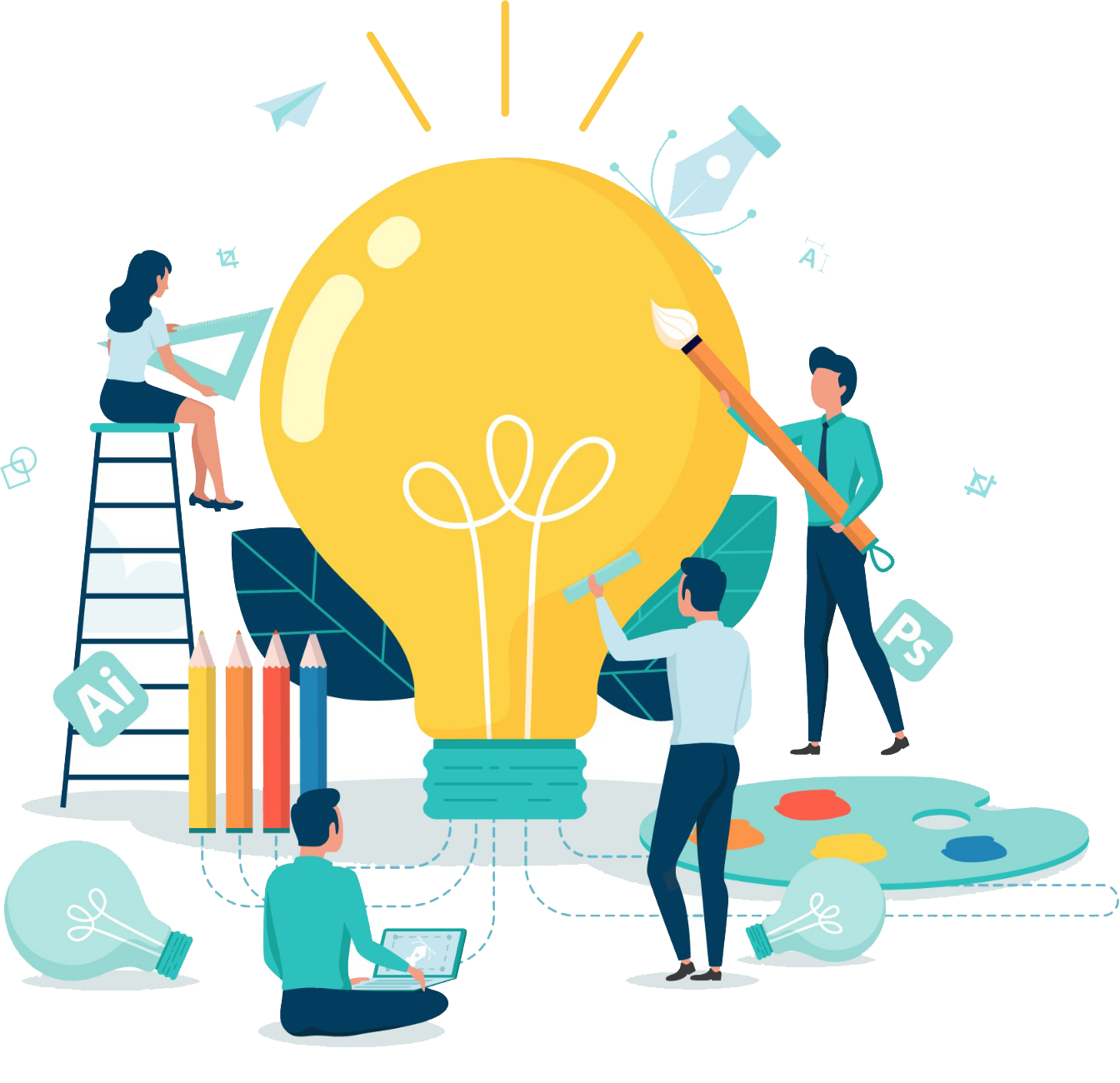
Brainstorming and Ideation
Have you considered all possible solutions to the problem your product addresses?
Are there multiple ways your product can stand out from competitors?
Brainstorming allows you to generate a wide range of ideas. For instance, if you’re designing a new storage container, think about unique features—could it be modular, stackable, or even customizable? Gather input from your team, or use methods like mind mapping to explore every possibility
Sketching the Initial Product Concept
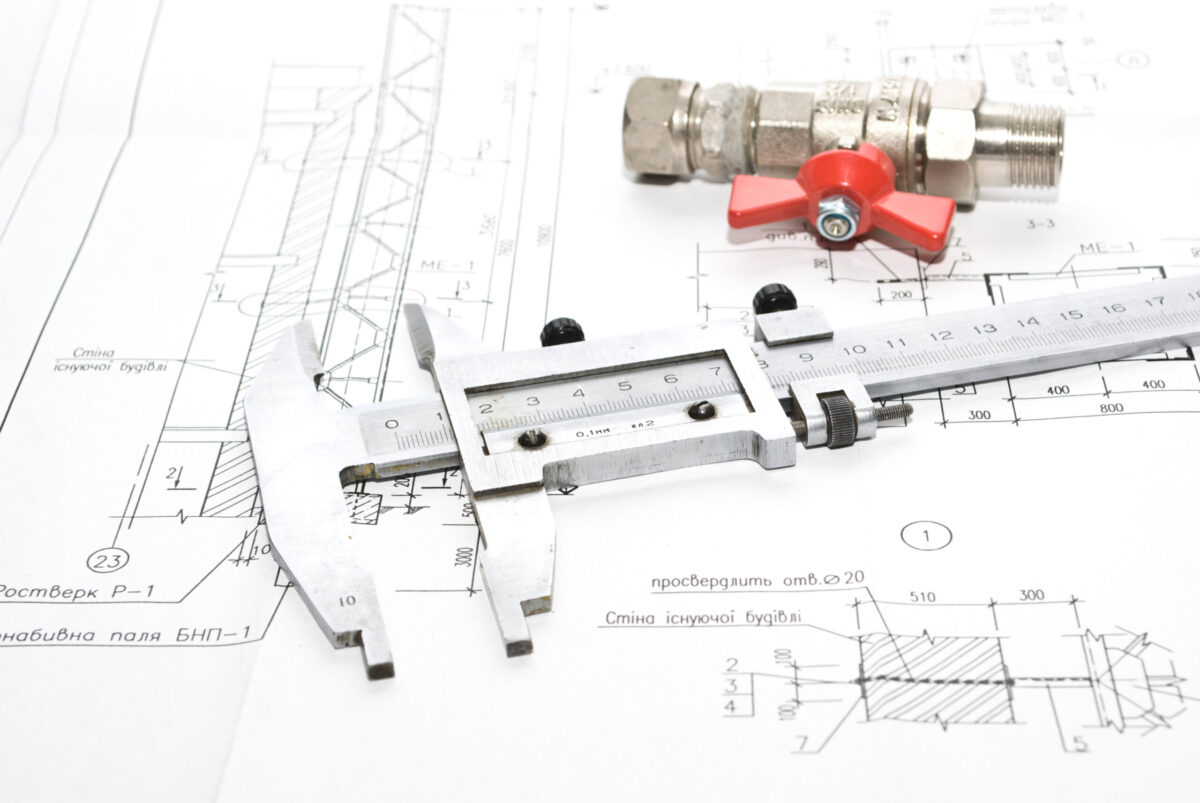
How do you visualize your product, and what features do you want to highlight in the design?
Are there specific materials or aesthetics that will set your product apart?
Creating rough sketches or diagrams is essential in turning ideas into tangible concepts. For example, if you’re developing a new ergonomic chair, sketch how the chair will adjust for different body types or how its components can improve comfort. This helps you communicate your idea visually, making it easier to refine and adjust.
Evaluating Feasibility (Technical, Financial, and Legal)
Can your product be built with existing technology and manufacturing capabilities?
Is it financially viable to produce, and do you have the budget to execute it?
Are there any patents or legal restrictions you need to be aware of?
Before moving forward, ensure your concept is feasible. Technical feasibility means checking if your product can be built with current technology, while financial feasibility involves making sure you have the budget to make it happen. For example, developing a high-tech smart device might require significant upfront investment, so it’s important to assess your resources. Legal considerations might include patent searches to avoid infringement.
Step 3: Designing the Product
Why is product design so crucial?
Design is not just about making your product look good; it’s about ensuring it functions well and can be manufactured efficiently. The right design balances both functionality and aesthetics, making sure your product works as intended while also appealing to your target market.
Importance of Design for Functionality and Aesthetics
Have you thought about how your product will be used in real life?
Does the design enhance the user experience while being easy to use and maintain?
A well-designed product is intuitive and user-friendly. For instance, if you’re designing a new kitchen gadget, ensure it has ergonomic handles, is easy to clean, and can be used effectively for its intended purpose. At the same time, aesthetics matter—how your product looks can influence a customer’s purchase decision, so consider color, shape, and style.
Selecting the Right Materials for Your Product
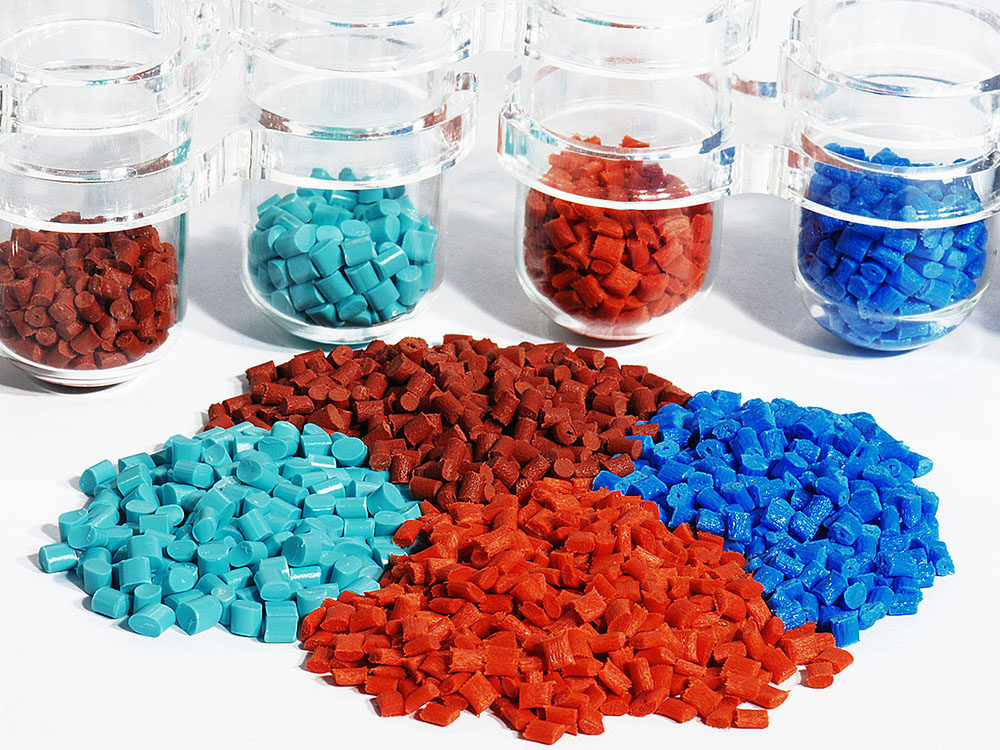
What materials will provide durability and functionality while meeting customer expectations?
Are there eco-friendly materials you can incorporate into your design?
The materials you choose will affect the product’s performance, cost, and environmental impact. If you’re designing a storage container, for example, selecting durable plastics like ABS or PP ensures longevity, while eco-conscious consumers may prefer recycled materials. Ensure your material choice aligns with your target audience’s needs and sustainability preferences.
Design for Manufacturability (DFM)
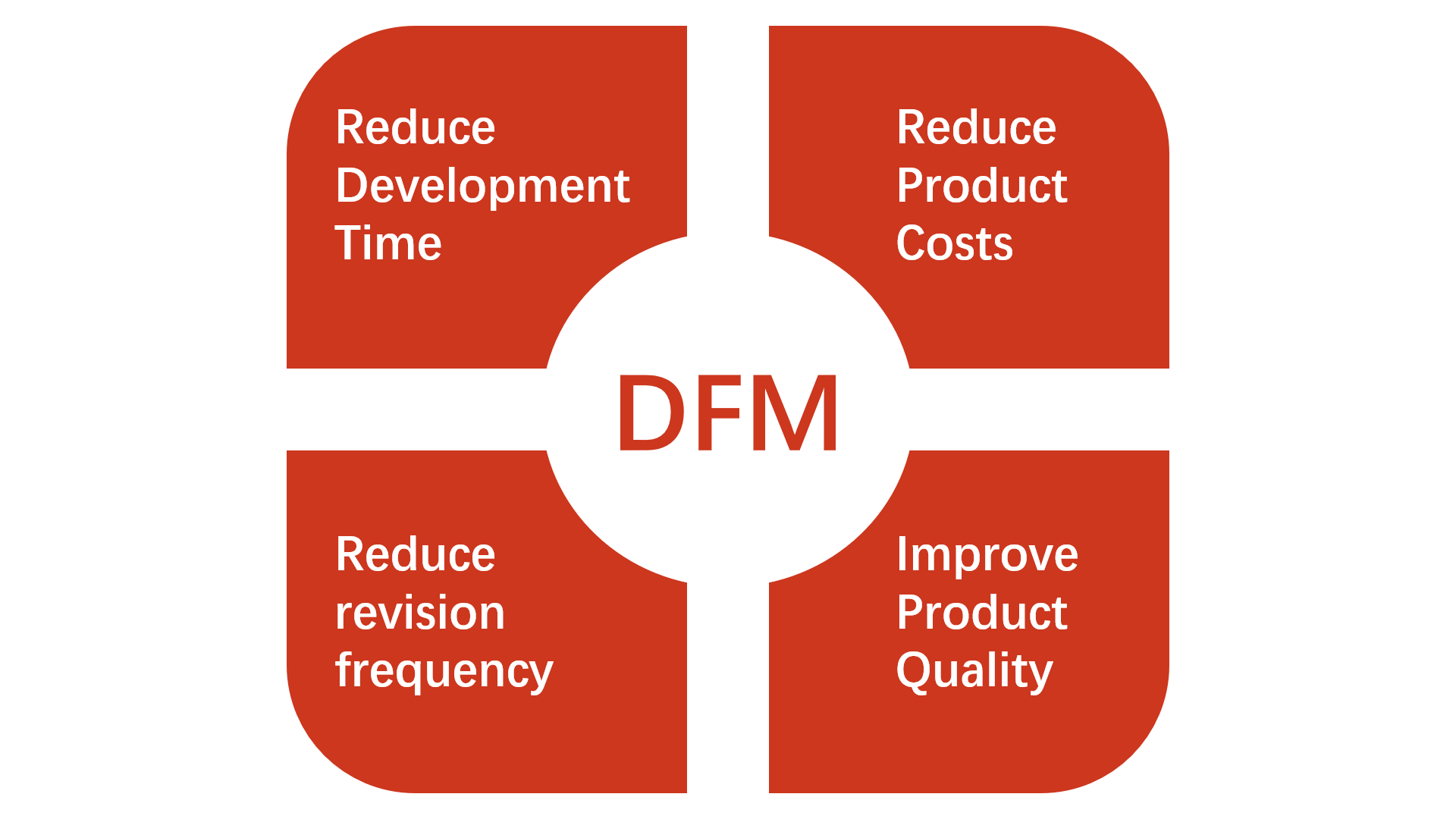
How easy is your design to manufacture at scale?
Can the product be produced with available resources, at an affordable cost, and in a way that maintains quality?
Design for Manufacturability (DFM) is an essential consideration at this stage. DFM focuses on designing a product in a way that makes it easier and more cost-effective to produce. For instance, if you’re designing a plastic product, consider factors like mold design, material selection, and ease of assembly. Simplifying complex parts, reducing the number of components, and using standard materials can significantly lower production costs and improve efficiency.
Recommended Softwares:
SolidWorks: A powerful CAD tool with built-in DFM features to ensure your design can be easily produced.
AutoCAD: For detailed 2D and 3D designs, AutoCAD helps in optimizing for manufacturability.
DFMPro: A tool that integrates with CAD systems to analyze designs for manufacturability and ease of assembly, highlighting potential issues early in the design process.
Fusion 360: Combines CAD, CAM, and CAE tools to help with product design, prototyping, and manufacturability analysis.
Design for Scalability
Is your product design scalable for mass production without sacrificing quality?
How easily can your design be modified or adjusted for different markets or customer needs?
A product design must be scalable to ensure it can be produced in large quantities without compromising quality. For example, a product with modular parts or simple assembly processes can be easily scaled for mass production. Ensure that your design can accommodate future upgrades or adjustments to meet changing market demands.
Collaborating with Designers, Engineers, and Manufacturers
Have you involved key stakeholders early in the design process?
How well are you communicating your vision with your design, engineering, and manufacturing teams?
Collaboration is crucial in the design phase. Working with designers ensures your product looks good and feels right, engineers help ensure the product works as planned and is technically feasible, and manufacturers provide insights into how to make the design more efficient and cost-effective. Regular communication between these teams can identify potential issues early, saving time and money.
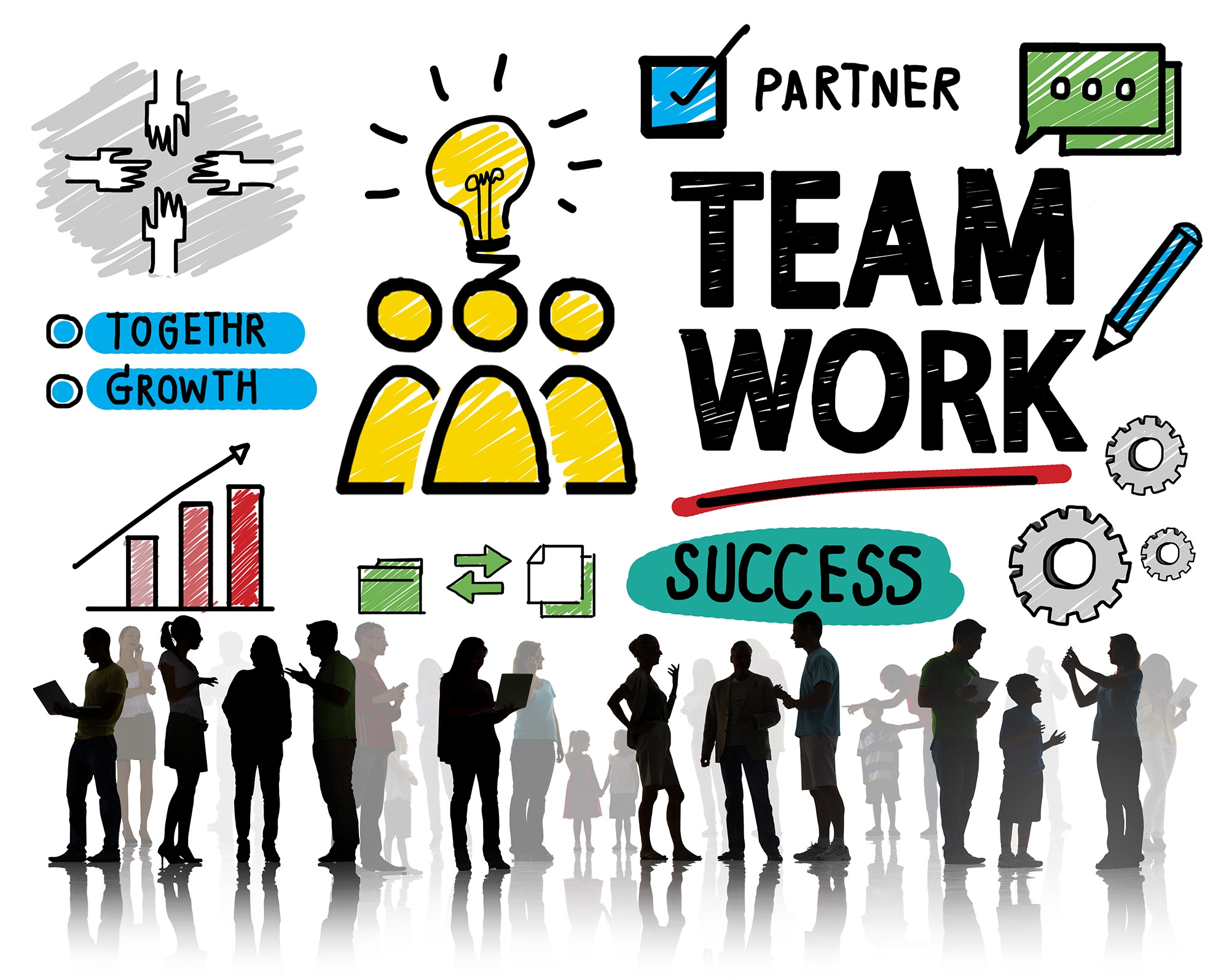
Recommended Platforms / Websites:
Upwork: A freelancing platform where you can find experienced designers, engineers, and manufacturers for various product development tasks.
Fiverr: Offers affordable services for product designers and engineers, from conceptual designs to prototyping.
Toptal: A platform for connecting with top-tier, pre-vetted freelancers in design, engineering, and software development.
ThomasNet: A comprehensive directory for manufacturers and suppliers in the U.S., including companies that specialize in design, prototyping, and production.
Alibaba: A global marketplace where you can find manufacturers, suppliers, and even product designers for mass production.
Step 4: Prototype Development
How do you bring your design to life and test it in the real world?
Prototyping is a crucial step in product development, as it helps to validate your design and identify potential issues before mass production begins. Whether you’re using injection molding or other methods, the prototype gives you a physical version of your idea, allowing you to assess its performance, functionality, and aesthetics.
Creating Prototypes for Testing
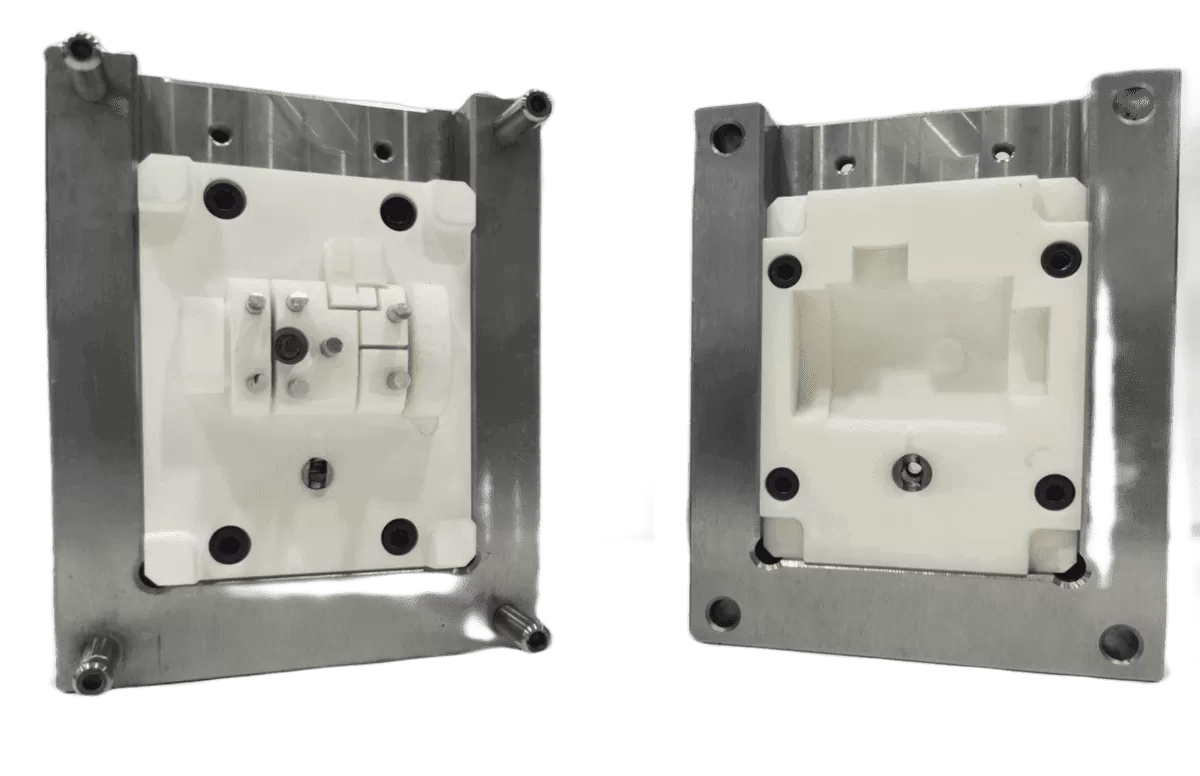
What processes will ensure your prototype closely resembles the final product?
How will you conduct tests for durability, functionality, and user experience?
Creating a prototype is about turning your concept into something tangible. Using injection molding for prototyping offers several advantages, especially in replicating the final product’s material and design. For instance, a plastic product prototype can be made with the same material you intend to use in mass production, such as ABS or PP. This allows for precise testing of the product’s performance and usability under real-world conditions.
Iterating Based on Feedback
What insights can you gather from testing the prototype?
How can the design be refined to better meet customer needs or technical requirements?
Once the prototype is ready, it’s essential to gather feedback from both the development team and potential users. This feedback will guide you through necessary iterations. For example, if testing shows that a product is not as comfortable or user-friendly as expected, modifications can be made to improve ergonomics or design features. Prototyping is an iterative process, where continuous adjustments lead to a refined product.
Addressing Potential Issues (e.g., Ergonomics, Performance)
What specific aspects of the prototype require further refinement?
How can you ensure the product performs as expected in the market?
Prototypes often uncover issues that may not have been apparent during the design phase, such as ergonomic flaws or performance discrepancies. For instance, a product might function well in theory but feel uncomfortable or unstable during use. In these cases, modifications might include redesigning certain parts or adjusting material choices to enhance durability. Identifying these issues early helps save time and cost in later stages of development.
Ensuring the Prototype Meets Design Specifications
Does the prototype align with the design specifications?
Are there any discrepancies between the prototype and your original vision for the product?
Finally, it’s essential to check that the prototype meets all the design specifications outlined in the earlier phases of development. This includes verifying size, shape, functionality, and overall usability. If there are any discrepancies, they can be addressed before moving on to full-scale production. Ensuring that the prototype accurately represents the final product will help streamline the transition to manufacturing.
Step 5: Testing and Refinement
Why is testing and refinement essential for product success?
Testing is a crucial stage that bridges the gap between your prototype and the final product. It ensures that the design works under real-world conditions and helps identify areas for improvement before mass production. The insights gathered during this phase can significantly enhance the product’s performance, reliability, and user experience.
Testing the Product Under Real-World Conditions
How will your product perform in the environments and conditions it’s designed for?
Are there any unexpected factors that could affect its performance?
Real-world testing allows you to assess how well your product functions outside the controlled environment of the lab. This might include stress testing the product under extreme conditions, such as temperature fluctuations, physical strain, or prolonged use. For example, if you’re developing a new plastic outdoor storage container, testing its resistance to weather conditions like UV exposure and water resistance can reveal potential weaknesses in material choice or design.
Collecting Feedback from Users and Stakeholders
What are users saying about the prototype’s performance, usability, and overall experience?
Are there any concerns from stakeholders, such as engineers, designers, or manufacturers?
Feedback from users and stakeholders is invaluable during this stage. Engaging with a diverse group of testers—whether through user testing, focus groups, or surveys—provides insights that are difficult to uncover through internal testing alone. Stakeholders, such as manufacturers or engineers, can also offer suggestions on how to optimize production or address technical challenges. For example, if users find that a product is difficult to assemble, you might need to reconsider the design for simpler assembly.
Refining the Product Design Based on Testing Outcomes
What changes are necessary based on the feedback and test results?
How can you improve the design to better meet the customer’s needs and expectations?
After collecting feedback, it’s time to refine the product. This could involve adjusting the design to improve functionality, usability, or performance. For instance, if testing reveals that a plastic product doesn’t stack well, you may need to modify the shape or add features like interlocking mechanisms. These refinements help ensure the final product meets the desired quality and performance standards.
Addressing Potential Failures or Improvements
What potential weaknesses or failures were identified during testing?
How can these issues be resolved to ensure a better product?
It’s common for issues to arise during testing, whether they’re related to ergonomics, functionality, or durability. Addressing these problems head-on is crucial to improving the product before mass production. For example, if the product is prone to cracking under pressure, switching to a stronger material or altering the design for better stress distribution could be effective solutions. Testing also provides an opportunity to spot and correct any inconsistencies in quality before the product is released to the market.
Step 6: Manufacturing and Scaling
How do you take your product from prototype to full-scale production?
Once your product design has been tested and refined, it’s time to move on to manufacturing. This stage is crucial for ensuring that your product is produced at a high quality and can meet market demand. It involves finding a reliable manufacturer, setting up efficient production processes, and maintaining strict quality control to ensure consistency.
Finding a Reliable Manufacturer
How do you choose a manufacturer that aligns with your quality standards and production needs?
Are they experienced in your product type and capable of scaling?
Choosing the right manufacturer is essential for success. A reliable manufacturer ensures that your product is produced accurately and efficiently. When selecting a manufacturer, consider their expertise, past performance, and ability to handle the complexity of your product. At KingStar Mold, we have years of experience in precision manufacturing and injection molding, ensuring that products are built to specification and can be produced consistently at scale. Whether it’s a small-batch run or full-scale production, choosing the right partner is critical to meeting both quality and timing expectations.
Setting Up Production Processes
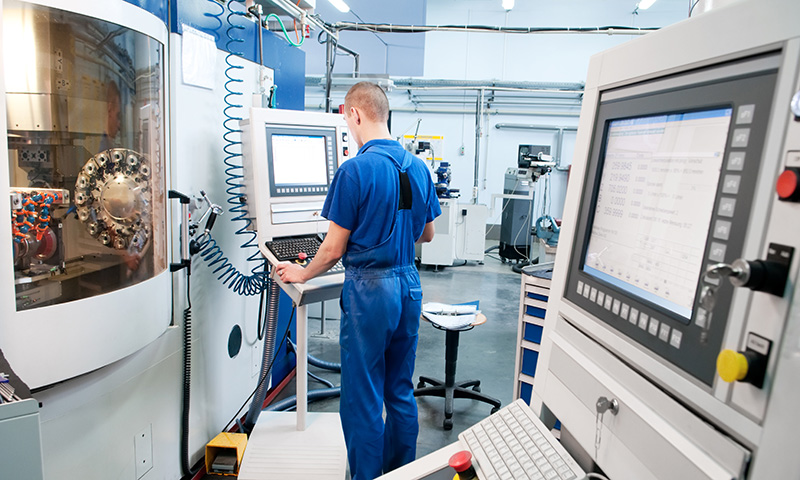
What steps need to be taken to streamline production?
How will you ensure the production process is efficient and cost-effective?
Setting up effective production processes involves organizing the workflow, choosing the right equipment, and determining the necessary labor. This step ensures that production is efficient and can be scaled quickly if demand increases. At KingStar Mold, we collaborate with you to ensure that your manufacturing processes are optimized for speed, cost, and quality. This means selecting the right materials, adjusting equipment settings for high efficiency, and streamlining assembly or packaging processes to reduce waste and improve overall productivity.
Quality Control and Assurance
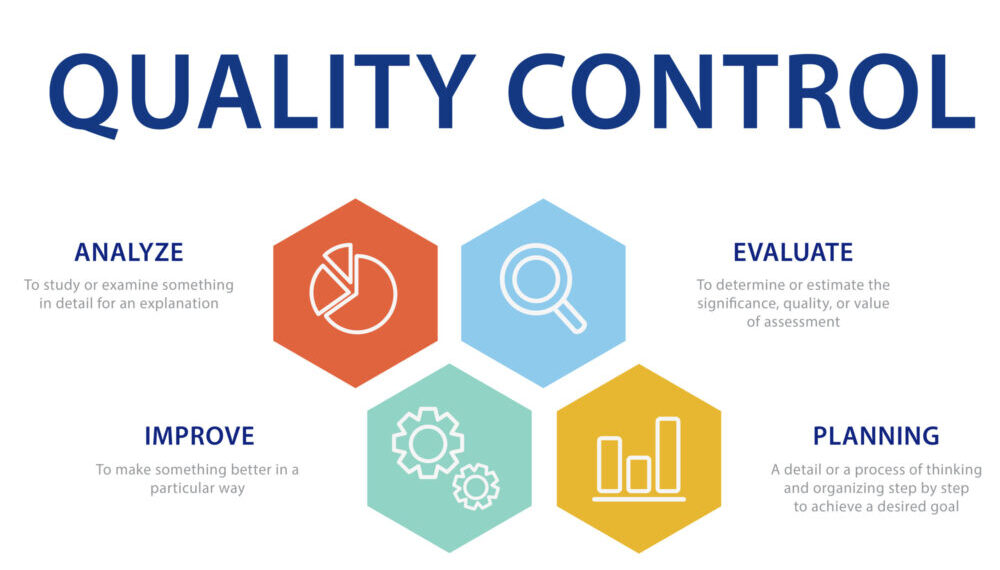
How will you ensure that every product meets your design and quality standards?
What systems will you put in place to catch defects before they reach customers?
Maintaining consistent quality across large-scale production is critical. A comprehensive quality control (QC) system ensures that each product is tested for compliance with design specifications and safety standards. QC processes might include visual inspections, mechanical testing, or environmental simulations depending on your product. KingStar Mold’s experienced team works with you to implement rigorous QC measures throughout the production process, from initial prototyping to the final product, ensuring that each unit meets your standards without compromise.
Scaling Production to Meet Demand
How do you ensure that production can scale quickly to meet customer demand?
What measures can you put in place to manage increasing order volumes without sacrificing quality?
Once you’re ready to scale up, it’s essential to implement systems that allow you to increase production without losing control over quality or efficiency. This involves adjusting production schedules, optimizing the supply chain, and increasing manufacturing capacity as needed. Whether it’s upgrading tooling, adding shifts, or working with additional suppliers, KingStar Mold helps you navigate these challenges. Our experience with scalable injection molding and production processes allows us to efficiently handle large-scale orders and ensure that your product reaches the market on time, with consistent quality.
Step 7: Marketing and Launch
How do you introduce your product to the market and ensure its success?
The marketing and launch phase is crucial to ensuring your product gains attention, captures interest, and drives sales. It involves developing a marketing strategy, building excitement around your product before the official release, launching it to your target audience, and providing ongoing support to maintain customer satisfaction.
Developing a Marketing Strategy
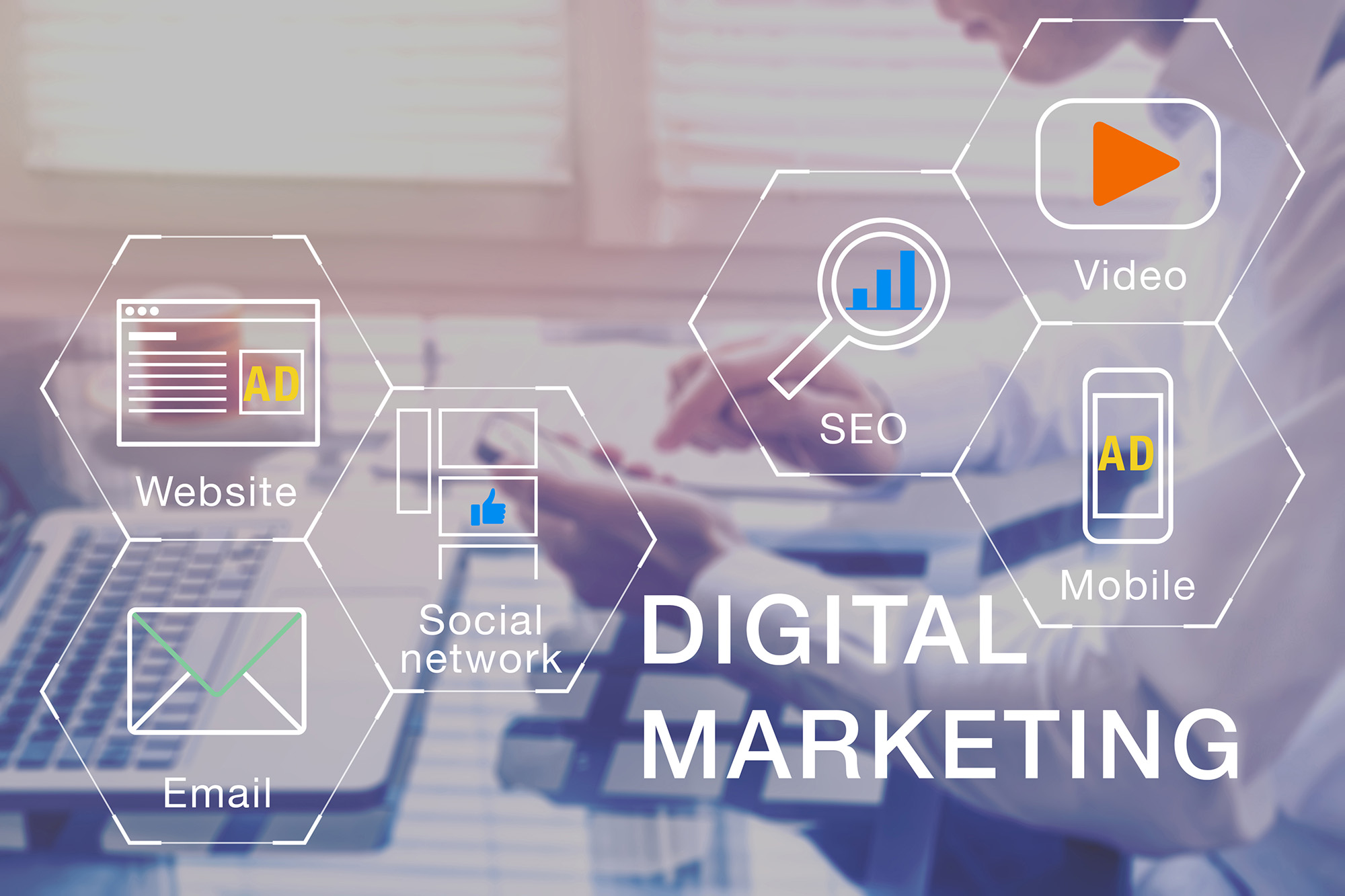
Who is your target audience, and where do they spend their time online and offline?
What key messaging will resonate with them?
How will you differentiate your product from competitors?
Creating a marketing strategy begins by identifying your target audience and understanding their pain points, desires, and preferences. From there, you can craft a message that highlights the unique value of your product and why it’s the solution to their problem. Effective tools for developing and executing marketing strategies include Google Analytics, Facebook Ads, and HubSpot, which can help you segment your audience, create personalized campaigns, and measure engagement.
Building Buzz Through Pre-Launch Campaigns
How will you generate excitement before the product hits the market?
Can you leverage influencers, teasers, or early access offers?
Pre-launch campaigns are essential for building anticipation. Offering sneak peeks, exclusive offers, or collaborating with influencers in your industry can spark interest even before the product is officially available. Tools like MailChimp (for email marketing), Hootsuite (for social media scheduling), and Kickstarter (for crowdfunding and early backers) are great ways to engage potential customers and build buzz ahead of the official release.
Official Product Launch
How will you execute the launch to ensure maximum impact?
What channels will you use to reach your audience?
An official launch requires careful planning. You need to choose the right time and platforms to launch your product. Consider hosting an online event, creating compelling video content, or running ads to create awareness. Platforms like YouTube for video marketing, Instagram for visual promotion, and Google Ads for targeted search campaigns can help your product gain traction. For local or niche markets, hosting a live event or partnering with retailers for exclusive in-store promotions can help draw attention.
Post-Launch Customer Support and Feedback Collection
How will you ensure customers are happy after the product launch?
How will you gather feedback to continue improving the product and customer experience?
Customer support is key to maintaining a positive reputation after the product is launched. Offering quick response times, accessible FAQs, and dedicated customer service channels (via Zendesk or Freshdesk) will help keep your customers satisfied. Additionally, gathering customer feedback through surveys (using tools like SurveyMonkey or Typeform) will provide insights for future product iterations and help you refine your marketing and customer experience strategies.
Step 8: Post-Launch Evaluation
How do you assess your product’s performance after it hits the market?
Once your product is launched, it’s essential to continue evaluating its performance to ensure it meets customer expectations and business goals. Post-launch evaluation involves analyzing product performance, gathering feedback, identifying areas for improvement, and considering ways to enhance the product further.
Analyzing Product Performance in the Market
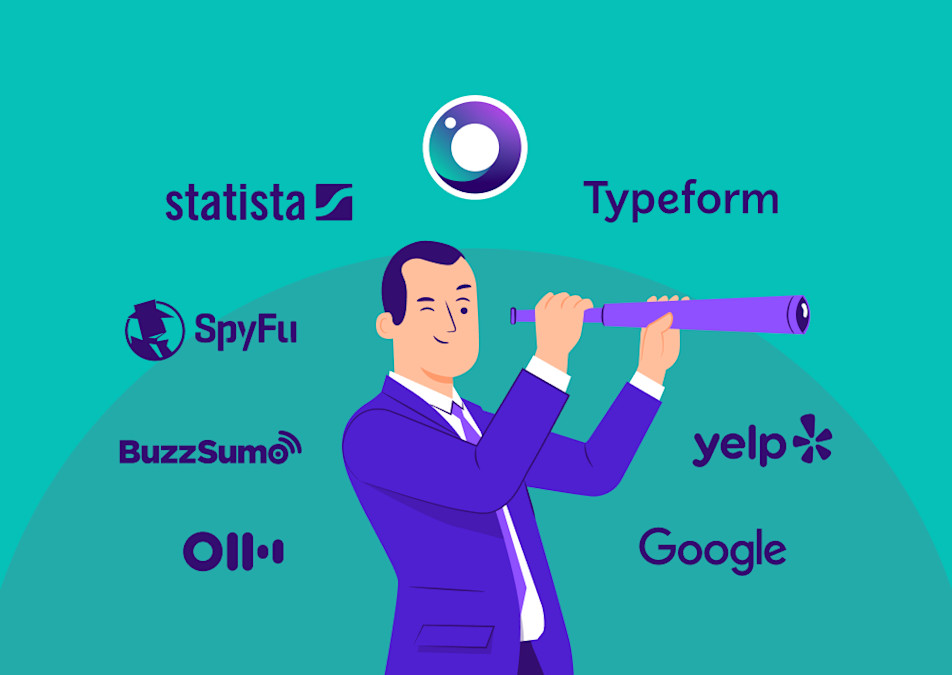
How well is your product selling?
Are you hitting your sales targets?
What does the market response look like?
After your product is launched, it’s time to evaluate how it’s performing in the market. Are sales meeting your expectations? Are customers engaging with your product in the ways you anticipated? Tools like Google Analytics, Shopify Analytics, or Salesforce can help you track key metrics like sales, website traffic, and customer behavior. Analyzing these metrics allows you to determine if the product is fulfilling the demand or if adjustments need to be made.
Customer Feedback and Product Improvements
What are customers saying about the product?
Are there common complaints or suggestions?
How can you improve the product to better meet customer needs?
Customer feedback is a valuable resource for identifying areas for improvement. Engage with customers through reviews, surveys, or social media to learn about their experiences. SurveyMonkey or Typeform are great tools for collecting structured feedback. Use this feedback to identify recurring issues or desires. For example, if customers consistently mention difficulty in using a product, you might consider redesigning its interface or instructions. Actively listening to customers and making product improvements shows you are responsive and committed to delivering value.
Addressing Any Product Issues
Are there any defects or issues that need to be addressed?
How will you fix these problems and maintain customer trust?
In the early stages of product launch, issues may arise that you hadn’t anticipated. This could include manufacturing defects, functionality problems, or usability concerns. Act quickly to address these issues—whether by issuing product recalls, offering replacements, or rolling out software updates. For instance, if a plastic product is breaking too easily, consider offering a more durable version or providing a clear guide on proper use. Maintaining transparency and offering prompt solutions is key to retaining customer trust and satisfaction.
Updating Product Features or Offering Complementary Products
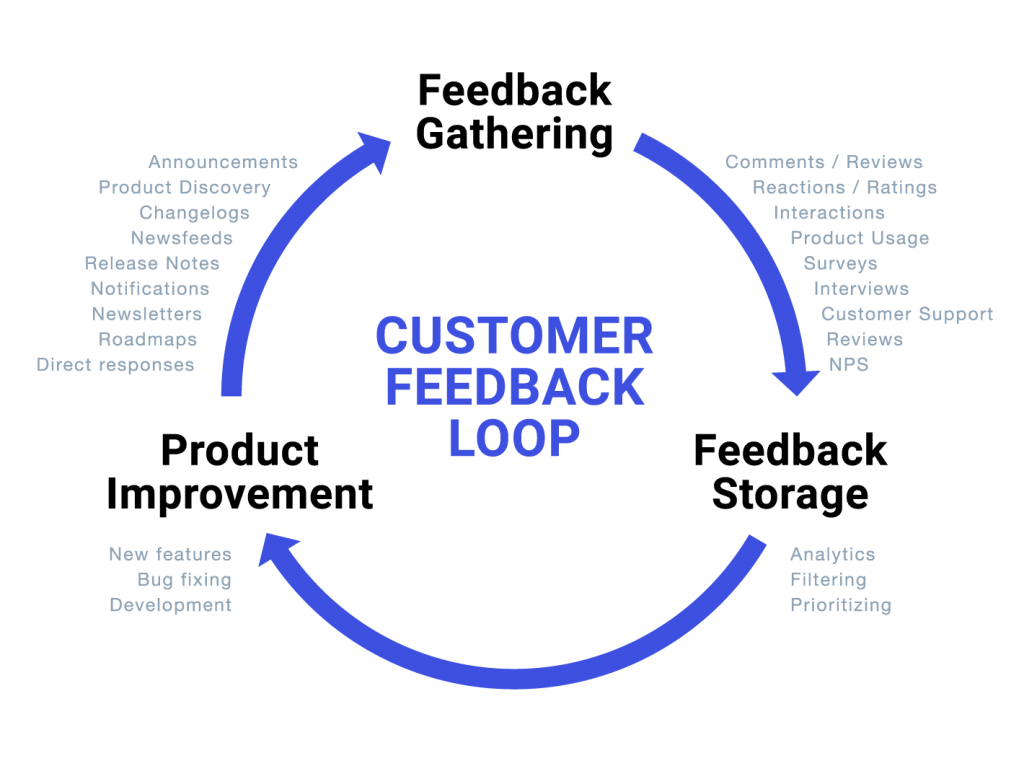
What new features or enhancements could be added to improve the product?
Are there any complementary products you can offer to increase customer value?
Based on the feedback and product performance analysis, you may find opportunities to enhance your product. Whether by adding new features, improving materials, or expanding functionalities, these updates can make your product even more valuable to customers. Additionally, you might consider developing complementary products that enhance the user experience or address related needs. For example, if you’ve launched a new office chair, offering a line of ergonomic accessories or lumbar supports could be a valuable extension.
Conclusion
Developing a successful product is an exciting and dynamic journey, requiring careful planning, creativity, and execution. From understanding market needs and conceptualizing your product to designing, prototyping, and scaling production, every step is essential to creating a product that resonates with customers and stands out in the market.
By following the steps outlined in this guide, you can confidently navigate the complexities of product development and bring your ideas to life. Whether you are still in the ideation phase or are ready to scale up, taking a structured approach ensures that you are well-prepared for the challenges and opportunities ahead.
If you’re looking for a partner to assist you throughout the product development process—from design to manufacturing—KingStar Mold offers expertise in precision injection molding, rapid prototyping, and scalable production. Our team can help you turn your ideas into tangible products that meet high-quality standards and exceed customer expectations.
Ready to bring your product vision to life? Contact us today to learn how we can assist with your product development and manufacturing needs.
